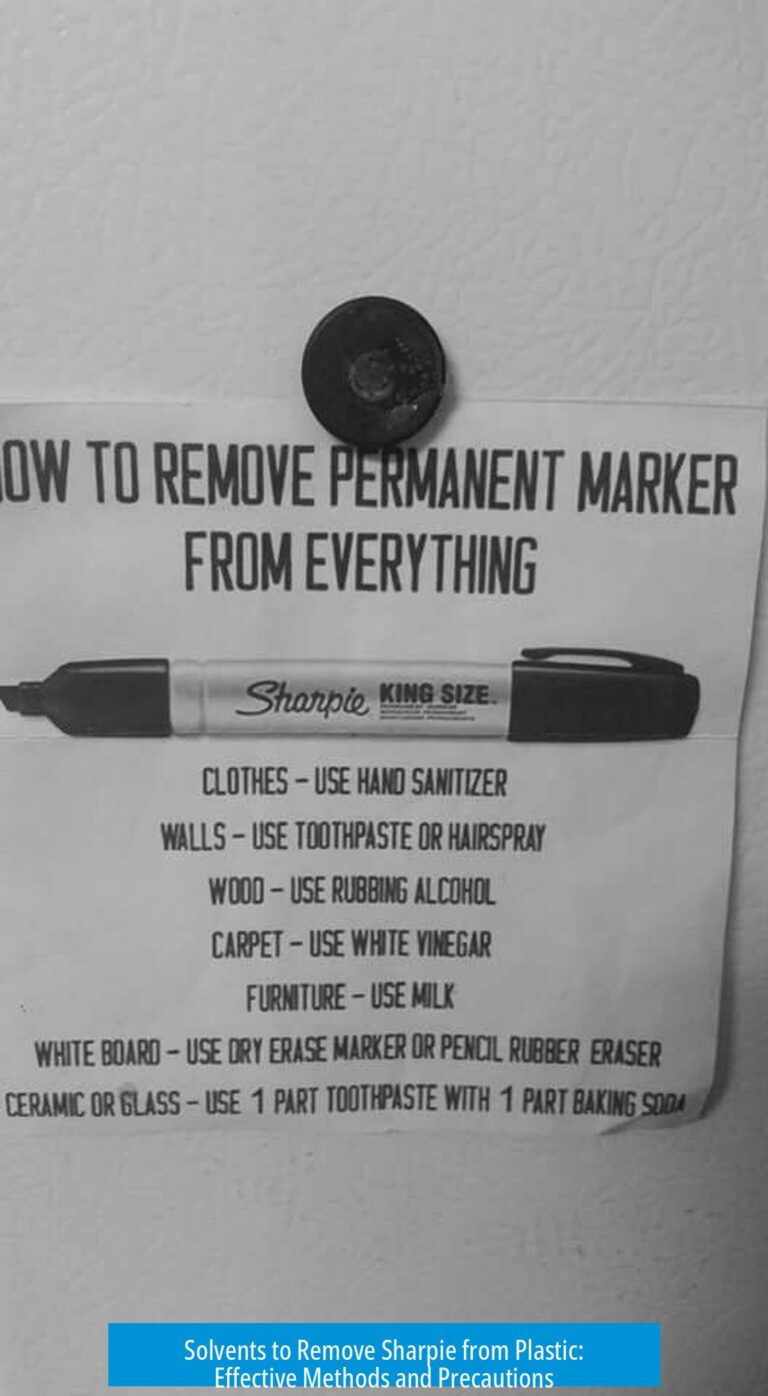Understanding Serial Dilutions

Serial dilutions involve stepwise reducing a solution’s concentration by a constant factor to create a series of known dilutions. This process helps prepare standards or adjust concentrations for experiments efficiently.
Concept of Dilution Factor

A dilution factor indicates how much the concentration decreases in each step. For example, a 2-fold dilution means the concentration in the next tube is half the previous one. More generally, an X-fold dilution results in the concentration being 1/X times the original.
Performing a 2-Fold Dilution
This requires mixing equal volumes of the solution and solvent. For instance, pipetting 50 mL of the original solution and adding 50 mL of solvent halves the concentration. The new solution contains half the original concentration.
Serial 2-Fold Dilutions
- Repeat the dilution process by transferring a portion of the diluted solution into new solvent.
- Mix thoroughly before each dilution step.
- The concentration decreases exponentially: if starting with concentration X, the sequence is X/2, X/4, X/8, and so on.
- This allows rapid preparation of a range of known concentrations.
Multiple Sequential Dilutions
When multiple dilutions occur in sequence, their effects multiply. For example, two consecutive 10-fold dilutions reduce concentration by 1/10 × 1/10, equaling 1/100 of the original.
Numeric Example
| Dilution Step | Concentration | Relation to Original |
|---|---|---|
| Start | 1000 | Original |
| 1st 2-fold dilution | 500 | 1/2 |
| 2nd 2-fold dilution | 250 | 1/4 |
Key Takeaways
- Serial dilution uses repetitive, proportional dilution steps to reduce concentration systematically.
- A 2-fold dilution halves concentration by mixing equal volumes of solution and solvent.
- Each dilution step multiplies the dilution factor; multiple steps compound the concentration decrease.
- Serial dilutions simplify creation of standard curves and experimental solutions.





Leave a Comment